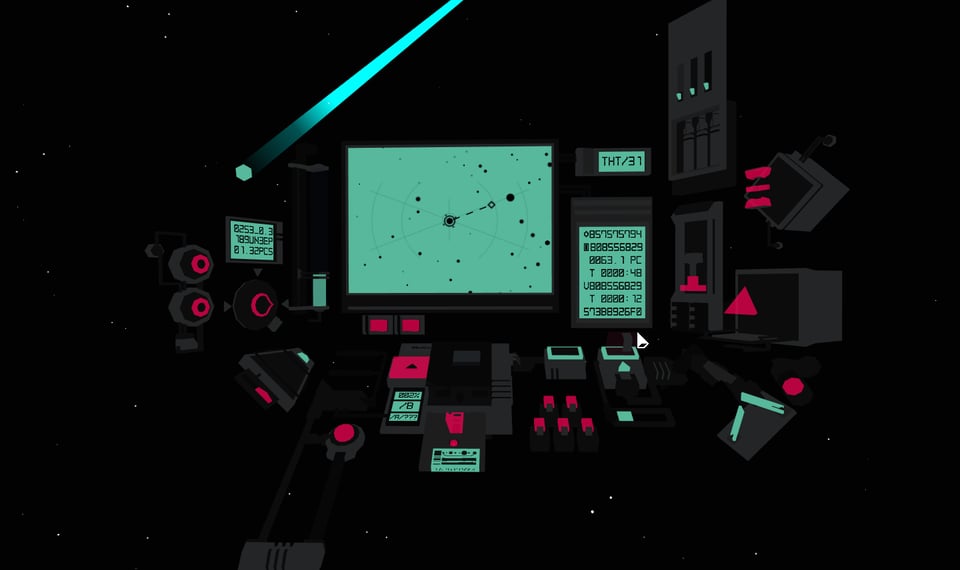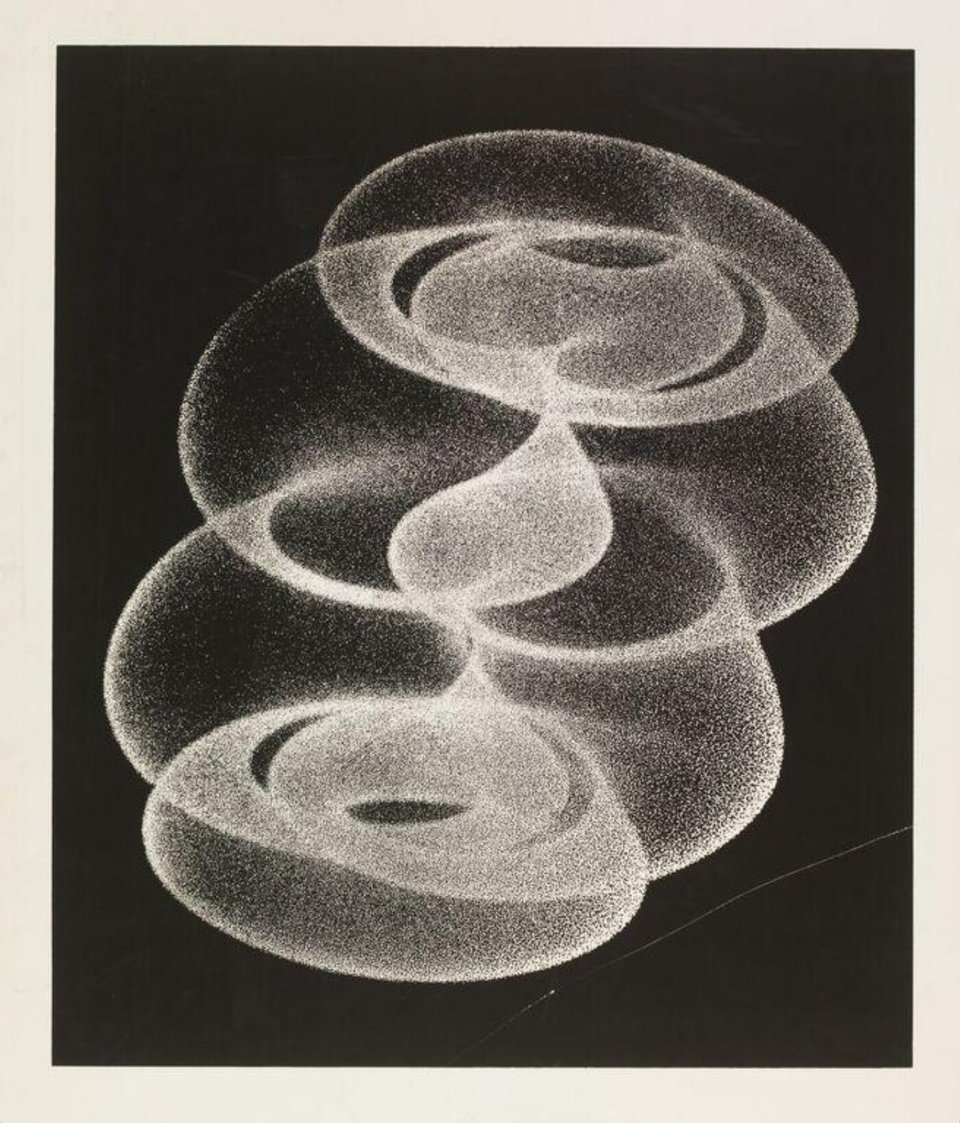Expedition 4
The Bathysphere
Thank you for joining this fourth expedition of the Bathysphere. From next week, we are introducing a paid subscription which will give access to the full newsletter. As self-employed explorers, we need to generate a small income to maintain our craft. However, an edited free version will also be available. We hope you enjoy our latest dunk in the deep waters of video game culture!
The Bathysphere crew
Christian Donlan
Florence Smith Nicholls
Keith Stuart
Essay: Forever chasing the Activity Bear

The Activity Bear is made of rigid yellow plastic. Its nose - their nose? - is a horn, their bowtie spins in both directions, possibly with a pleasing clicking sound, and they have the metal dome of a bell set into their stomach. One of their feet has the dial of a rotary phone wedged inside it. Described like this, it’s all a bit Videodrome, and yet this was a toy that was made for very young children in the early 1980s.
For whatever reason, my sister and I, who were slightly too old for Activity Bear back then, really wanted one. I suspect some part of us still does - I might call my sister this afternoon and check. It was something to do with the sheer tactile excess of the bear - so many things to twist and tap and dial and generally mess around with. When my own daughter was the right age, we didn’t have Activity Bear, but we had stuff very much like it - I’m particularly thinking of a soft, padded crab that could be turned inside out - and I reckon I played with these things as much as she did.
Over the last weekend I’ve been thinking about Activity Bear as I paged through The Art of Play, by Emmy Watts. This is a selection of photos and short essays regarding various kids’ playgrounds around the world. It’s properly mesmerising stuff. Open it at random and you’ll find Pixeland, a colourful grid arrangement of different heights and designs in Mianyang, China, or Big and Tiny Silverlake Playground, in Santa Monica, California, which does pretty much what you’d expect it to do.
My favourite entry is The Brutalist Playground, an installation in London back in 2015, which took the concrete structures from three London housing estates and rebuilt them from foam. There’s a single photo, in which one kid lies on their back on a series of hexagons, as if they’re having some kind of experimental lumbar therapy, while another is sat on top of a cube with a circle stuck in it, staring into space.
I remember staring like that, because I remember playgrounds like this. Playgrounds with concrete pipes and weird poles, where nothing lead you too far in a single direction in terms of what its use might be, so you just muddled around, tried various things out, and slowly entered one of those hypnotic trances that I swear all but defined my early childhood. Looking back, I love the open-endedness of these spaces and the things in them. They have the Activity Bear Impulse, if you want: everything suggests use, but none of it is so tied to use that it limits things. Specificity in terms of how something feels, but not what it does. That rotary dial in Activity Bear’s foot won’t actually make calls. The bell in their stomach won’t summon a receptionist. The pipe in the brutalist playground doesn’t connect anything with anything else.
And it all reminds me. For a while a few years back, I thought I had stumbled on a new genre of videogames. Activity Bear games! These are games - I thought - where the fun came from prodding and clicking and twisting and flipping elements of the UI, of messing around with stuff in 2D or 3D space with no real assumptions about what it would do. Islands is an Activity Bear game, as well as being a game about the work of Marc Augé. There’s a bit of Activity Bear in Grow Home, with those seeds to mess around with, that beanstalk to climb.
And there’s a lot of Activity Bear to Santa Ragione’s MirrorMoon EP, or at least the first part of it anyway. This is a game about exploring a bottle galaxy, landing on planets, working out how various ancient things work, and maybe helping to solve a mystery. But it starts by dropping you into the cockpit of a spaceship that it doesn’t then tell you how to fly. There are flip switches and toggles, mixing desk sliders and heavy buttons, and at the centre of the panel is something that feels a bit like an old 8-track machine. Enough time has passed now for me to be fairly certain: this spaceship control panel is the best thing I have ever encountered in any videogame, and some of the purest joy I have ever had has come from flipping and toggling and 8-tracking away for no real reason. Thank you, Santa Ragione.
Looking back, though, I’m less certain of the whole Activity Bear as a genre conceit. Instead, I think there’s something more interesting going on. The Activity Bear might stand for an approach to games - and particularly games in the moment they’re introducing new stuff - that I really click with. These are moments in games when you’re not told what to do, but you’re presented with stuff and you just screw around with it until - eventually - you’ve found out what to do. Nobody taught me to fly the spaceship in MirrorMoon EP, but after an hour or so I could fly it with ease - I could take it across the galaxy and land on distant worlds. Would I have stuck with it if the game had started with a lengthy tutorial or, even worse, a simplified control panel?
Possibly. But I wouldn’t have loved it as much. I wouldn’t have given my time to it as unthinkingly and I don’t believe I’d still be talking about it as much all these years later. This stuff works for me on a very deep level, I think. I sometimes wonder if Activity Bear was my first proper interaction with art - I know that sounds stupid, but I’m sort of serious about it. The urge to engage fully, to try and understand, to bring various different approaches into play. And I wonder if so many of the things I love today have that same Activity Bear Impulse at heart. Do I love cameras because I want to take a good photograph one day, or do I love the fact that my Yashica has a crank handle for advancing the frame?
The Art of Play makes me think that all game designers should make a playground - I know Takahashi has done - the same way that all architects used to feel compelled to knock out a really high-end chair. And following on from that, the panel in MirrorMoon EP makes me think all game designers should try and create some kind of doodad at some point - a doodad with toggles and switches, and maybe a rotary phone dial in there somewhere too. CD
Delightful games

Speaking of Islands, you should really check out Islands.
Full title: ISLANDS: Non-Places, this game by Carl Burton examines the work of the French anthropologist Marc Augé. Augé coined the term non-place to describe the kind of transitory spaces where we now spend a lot of our lives: motorways, hotel rooms, airports. I happen to love all these non-places precisely because of their non-placeiness, which probably means I should re-read Augé’s book, as I clearly haven’t understood it. Or I could just play Islands, in which bus stops and vending machines emerge from the thick disco fog, transformed into looming artefacts, both alien and ancient. CD
Chris’ essay on the Activity Bear got me thinking about alt controller games that I love, and in particular the work of Julia Makivic. Her game Ghostboi in the Land of the Dead has a silicone controller in the shape of the titular Ghost Boi’s body that you need to contort in order to interact with his on-screen persona in the afterlife. Julia’s work often uses bright colours and unusual organic shapes that are a far cry from the traditional dark plastic interfaces we have come to associate with gaming. I particularly appreciate how bespoke and truly tactile her alt controllers are, encouraging us to think differently about the sensory possibilities of the touch interface. FSN
I know I have written about the Pico-8 virtual console before, but there’s so much great stuff happening on this thing. Recently, YouryKiKi finished his three-year project to ‘remake’ Warcraft III as a pixel art game. Picocraft is now available to play and it’s lovely – a charming, cleverly crafted take on the legendary RTS, re-imagined as something that could have run on an 8bit computer. KS
Interesting things

I came across Herbert W. Franke’s Pendular Oscillograms via the always-brilliant TikTok account Onno Quist. Here was surely a vision of yesterday’s future, simultaneously sooty and luminous. Franke made these images using an oscilloscope, which I gather he then photographed, but the rest is beyond me. What isn’t beyond me is the thing itself: I was instantly in love with these images. I think they’re glorious.
Reading up a little, I’ve discovered that Franke was a writer as well as a scientist and artist. This is literally the outcome you hope for when you see a brilliant image and you have to know where it comes from. I have a couple of his books on the way from eBay, so I may return to this in the future. For now, there are several Pendular Oscillogram prints in the collection at the V&A and apparently you can ask to see them.
(The image I’ve used above, BTW, is - I think - from a later series of works by Franke, but it gets to the heart of what he was cooking up with the POs.) CD
“Like blind men squishing a stuffed shark in the dark, many disciplinary discourses have attempted to feel out Cute, but the ulterior Thing remains obscure” - so begins Cute Accelerationism by Amy Ireland and Maya B. Kronic. Reading like an unhinged philosophical essay as told through a Tumblr note, if a book with chapter titles like “One or Several Catboys?” piques your interest, you should check this diminutive volume out. FSN
Last week I recommended the game Vaporwave Pinball. In response, Robert Glashüttner emailed us about his own newsletter The Ball is Wild, which is all about the intersection between electro-mechanical, electronic and digital games. Go and have a read! KS
As a fan of open access academic books (who isn’t?), I can thoroughly recommend Ultima and Worldbuilding in the Computer Role-Playing Game by Carly A. Kocurek and Matthew Thomas Payne. It’s a scholarly look at the history of the Ultimate series and its profound impact on the rules and systems of CRPGs. Thanks to game designer and author Konstantinos Dimopoulos for BlueSkying about it! KS
Retrospective adventures

During the 1990s there was a vast network of independent video game retailers specialising in ‘grey imports’: consoles and games imported into a country by the stores themselves rather than the manufacturer or official distributors. This was often how gamers in the UK and the US got hold of new Japanese titles and hardware months before their official regional release. The bigger stores regularly appeared in the classified sections of games mags and their adverts had the chaotic flare of early rave flyers – a mass of conflicting fonts, colours and homemade art. This example is from the back page of MegaTech magazine, February 1992. I love the pencil crayon drawings – so much joyous copyright infringement in one A4 space!
It’s sad that this whole ecosystem has now largely disappeared, taking with it a vibrant culture of committed players swapping tips on the availability of Neo Geo titles and PC Engine units. When I worked on Edge in the 90s, the owner of a specialist import shop in Newcastle would often ring the office and ask about which new Japanese titles we were covering – presumably so he could order them in. I know that other magazines had similar contacts. Where are they now?